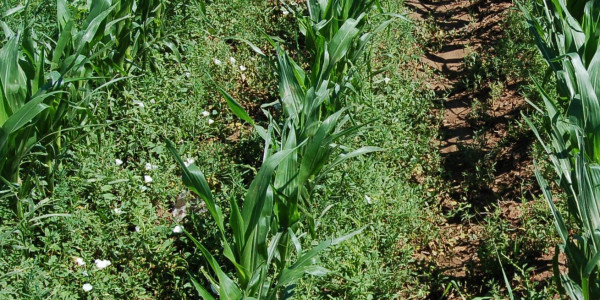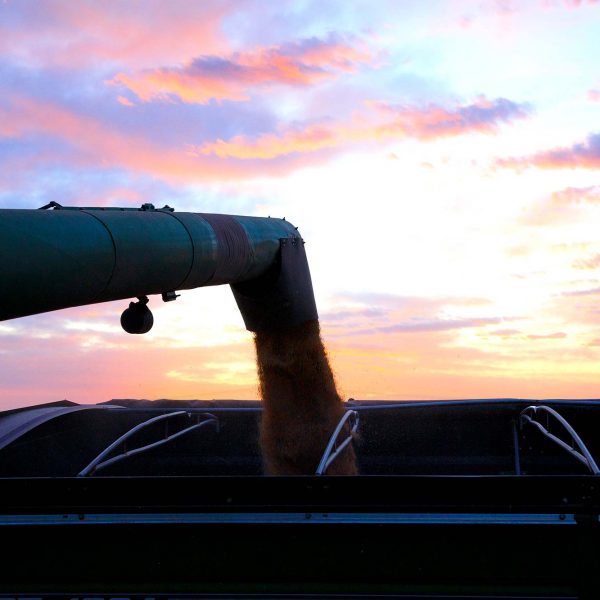
Field Bindweed Control in Grain Sorghum
MAFG/HP May 2022
Written by Dr. Brent Bean, Agronomy Director for United Sorghum Checkoff Program
Field bindweed has long been one of the most persistent and troublesome weeds for growers throughout the U.S. but especially in the southern Plains region. Because of its drought tolerance, it seems to be especially prevalent in 2022. The weed spreads by both seed and rhizomes and can infest new fields by seed contamination from combines and cattle manure. Once seed germinates, the new plant can become a perennial in as little as six weeks.
The most common products used to control bindweed are quinclorac, dicamba (Clarity, others), 2,4-D and picloram (Tordon 22K). Quinclorac is sold in at least three formulations: Quinstar 75% DF, Quinstar 4L and Facet 1.5L. The rate of product used will depend on the formulation. Burndown products such as Paraquat and bromoxynil only provide temporary control of bindweed and have little lasting effect. Glyphosate can be effective, but only at very high rates and even then, control is better when 2,4-D or dicamba is added to the mix.
The most effective time to apply herbicide for bindweed control is in the fall prior to planting sorghum – ideally 3 weeks before the first hard freeze. Effective treatments are one to two quarts Clarity, 0.5 – 1 pt Tordon 22K + 1 – 2 pt 2,4-D LV4, or quinclorac (22 – 32 oz Facet 1.5L, 0.75 – 1.5 pt Quinstar 4L, 5.3 – 8 oz Quinstar 75DF).
In season, Clarity, 2,4-D Amine 4L and quinclorac can all be effective in controlling bindweed in growing grain sorghum. To avoid crop injury, follow label precautions on size of the sorghum when applying these herbicides. In general, these herbicides should be applied prior to the sorghum reaching a height of 8 inches. Suggested rates are 6 to 8 oz Clarity, 16 oz 2,4-D Amine 4L and the lower rates stated above for quinclorac. A combination of quinclorac and 4 oz of Clarity or 8 oz of 2,4-D can also be used.
My recommendation is to use Clarity or 2,4-D for bindweed control in grain sorghum and to use quinclorac in the fall during fallow. Time and patience are needed when using Quinclorac as it may take up to 4 weeks for the bindweed to die following application. Methylated seed oil is the suggested adjuvant to be used with quinclorac, plus the addition of ammonium sulfate under stressed conditions.
With all of the treatments mentioned, better control will be achieved on non-stressed bindweed that is actively growing. Ideally bindweed should be treated when runners are approximately six inches in length. This gives enough leaf area to intercept an appropriate amount of herbicide to be effective. It is important to note that quinclorac, Clarity, 2,4-D and Tordon 22K are all auxin type herbicides and can cause injury if allowed to drift onto broadleaf crops.




